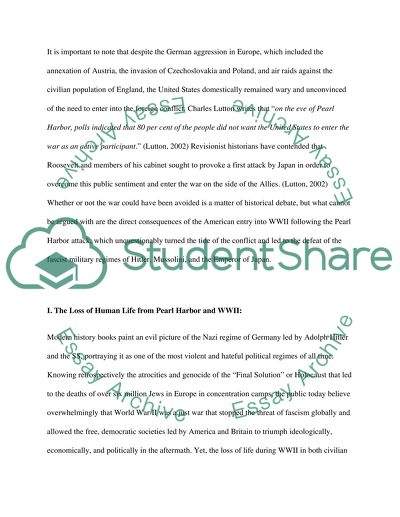Cite this document
(“What was the impact of the Japanese attack on Pearl Harbor Coursework”, n.d.)
Retrieved from https://studentshare.org/history/1414851-what-was-the-impact-of-the-japanese-attack-on
Retrieved from https://studentshare.org/history/1414851-what-was-the-impact-of-the-japanese-attack-on
(What Was the Impact of the Japanese Attack on Pearl Harbor Coursework)
https://studentshare.org/history/1414851-what-was-the-impact-of-the-japanese-attack-on.
https://studentshare.org/history/1414851-what-was-the-impact-of-the-japanese-attack-on.
“What Was the Impact of the Japanese Attack on Pearl Harbor Coursework”, n.d. https://studentshare.org/history/1414851-what-was-the-impact-of-the-japanese-attack-on.


